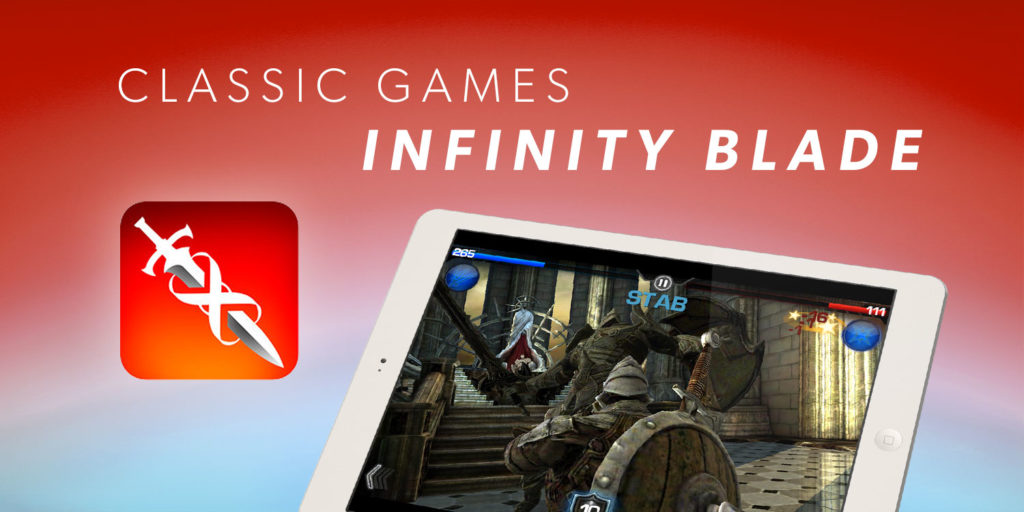Huge enemies? Frantic swordplay? On a phone, in 2010? Let’s dive into a game that cut through in more ways than one
Many games merely make up the numbers. A precious few become part of history. In this latest part of our series on classic iPhone games, we take a look at a title that combined stunning visuals and swipe-based touchscreen gameplay.
That’s… a big enemy.
What was Infinity Blade?
The first game to successfully bring console-grade gloss to iPhone and marry it with quality touchscreen-oriented gameplay. A thin plot tasked you with hacking your way past colossal enemies, before facing off against the God King – who’d swiftly kill you. But through video game magic, your heir would inherit your skills and weapons, so they could have a crack at defeating the Big Bad themselves.
The game helpfully notes when you’ve inflicted damage – and thereby angered your foe.
Why was it a classic?
It upped the ante for mobile games. Infinity Blade used Unreal Engine, which at the time was only commonplace on console games. It looked gorgeous – like nothing you’d ever seen before on iPhone or iPad. Yet the control scheme was akin to a nuanced take on Fruit Ninja.
This meant anyone could grasp the basics, but only a keen sense of timing and – to be honest – a willingness to grind could give you a chance to secure a weapon to end the God King and his reign of evil.
Pow! Eat magic, evil critter!
Where is it now?
Mobile gamers lapped up Infinity Blade – it made over $1.6m in just four days. Even though sleight of hand became clear during extended play – the giant opponents all used the same sequences and moves during fights – short sessions, repeatable gameplay, great looks and fun swordplay kept players around for the long term.
Two sequels followed, ramping up the spectacle but remaining true to the original’s tight-knit nature. Sadly, Epic Games decided Infinity Blade’s time was finite in 2018 and pulled the entire series from the App Store, citing a lack of resources to keep the games updated. (Far be it for us to suggest Fortnite’s huge success had more to do with the company putting down the iPhone’s first console-style hit…)

